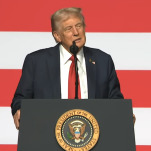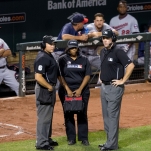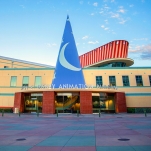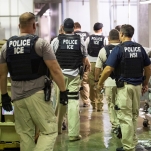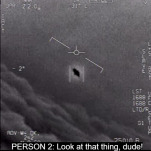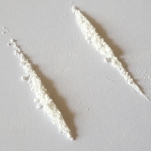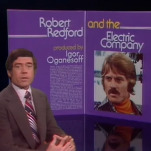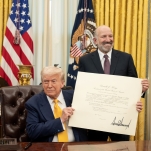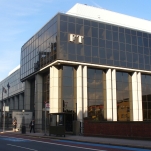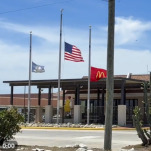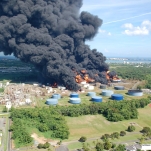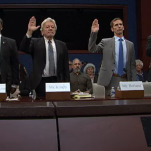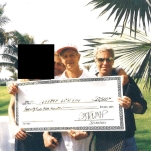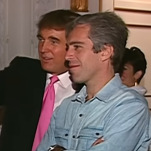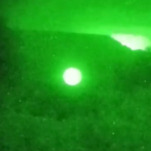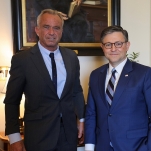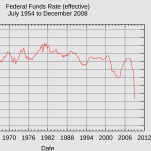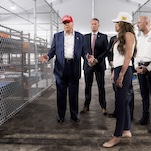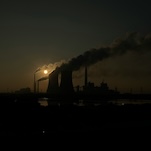HALEU Could Be the Key to Energy Independence — and This U.S. Company Holds the Patent
Image credits: LIS Technologies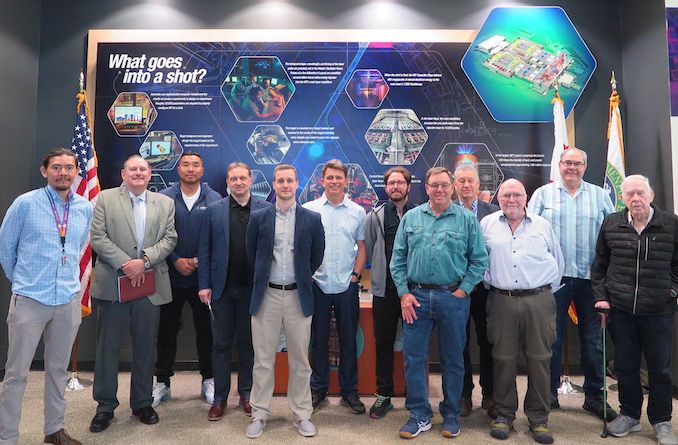
Nuclear energy in the U.S. is experiencing a renaissance of sorts. As the country moves toward energy independence, manufacturers are working on the next generation of nuclear reactors. Here’s the problem: There’s currently no way to make fuel for those reactors on a large scale. A patent held by LIS Technologies could change that.
This isn’t the first time the country has invested in building its own nuclear supply chain. “The U.S. used to be the world’s biggest producer of enriched uranium,” says Christo Liebenberg, co-founder and CEO of LIS Technologies. “Actually, it started in Oak Ridge, Tennessee, on the same spot where our new research facility is today.”
In the 1980s and early 1990s, the United States was funding the development of efficient uranium-enrichment processes. One of those was Condensation Repression Isotope Selective Laser Activation (CRISLA), a technology invented by Dr. Jeff Eerkens, the other co-founder of LIS Technologies.
That funding stopped virtually overnight after the fall of the Soviet Union. In an effort to bolster its flagging economy, Russia began flooding the international market with cheap enriched uranium (an essential component of nuclear fuel). It was more cost-effective for the U.S. to purchase enriched uranium from Russia than it was to continue developing its own.
“That sunk many, many technologies,” says Liebenberg, “It totally destroyed the U.S. nuclear industry, and we became dependent on imported Russian nuclear fuel.”
That arrangement continued until 2024, when the Biden administration banned Russian uranium imports in response to shifting geopolitical tensions. While this decision was necessary to protect our energy security and our national security, it created a sudden vacuum in the fuel supply for the country’s nuclear reactors.
“Now there’s a bottleneck, and the U.S. doesn’t know where to get HALEU [high-assay low-enriched uranium],” says Jay Yu, President of LIS Technologies. “We’re building all these billion-dollar reactors, yet we don’t even have the fuel for them.”
HALEU is a specific type of enriched uranium used to power most modern reactors. It contains up to 20% U-235, the uranium isotope that’s most important for the creation of fuel. Many older reactors run on the less-concentrated low-enriched uranium (LEU), which is up to 5% U-235.
It takes far more resources to create HALEU than it does to create LEU, making it particularly difficult to manufacture on a large scale.
-

-

-

-

-

-

-

-

-

-

-

-

-

-

-

-

-

-

-

-

-

-

-

-

-

-

-

-

-

-

-

-

-

-

-

-

-

-

-

-

-

-

-

-

-

-

-

-

-

-

-

-

-

-

-

-

-

-

-

-

-

-

-

-

-

-

-

-

-

-

-

-

-

-

-

-

-

-

-

-

-

-

-

-

-

-

-

-

-

-

-

-

-

-

-

-

-

-

-

-

-

-

-

-

-

-

-

-








